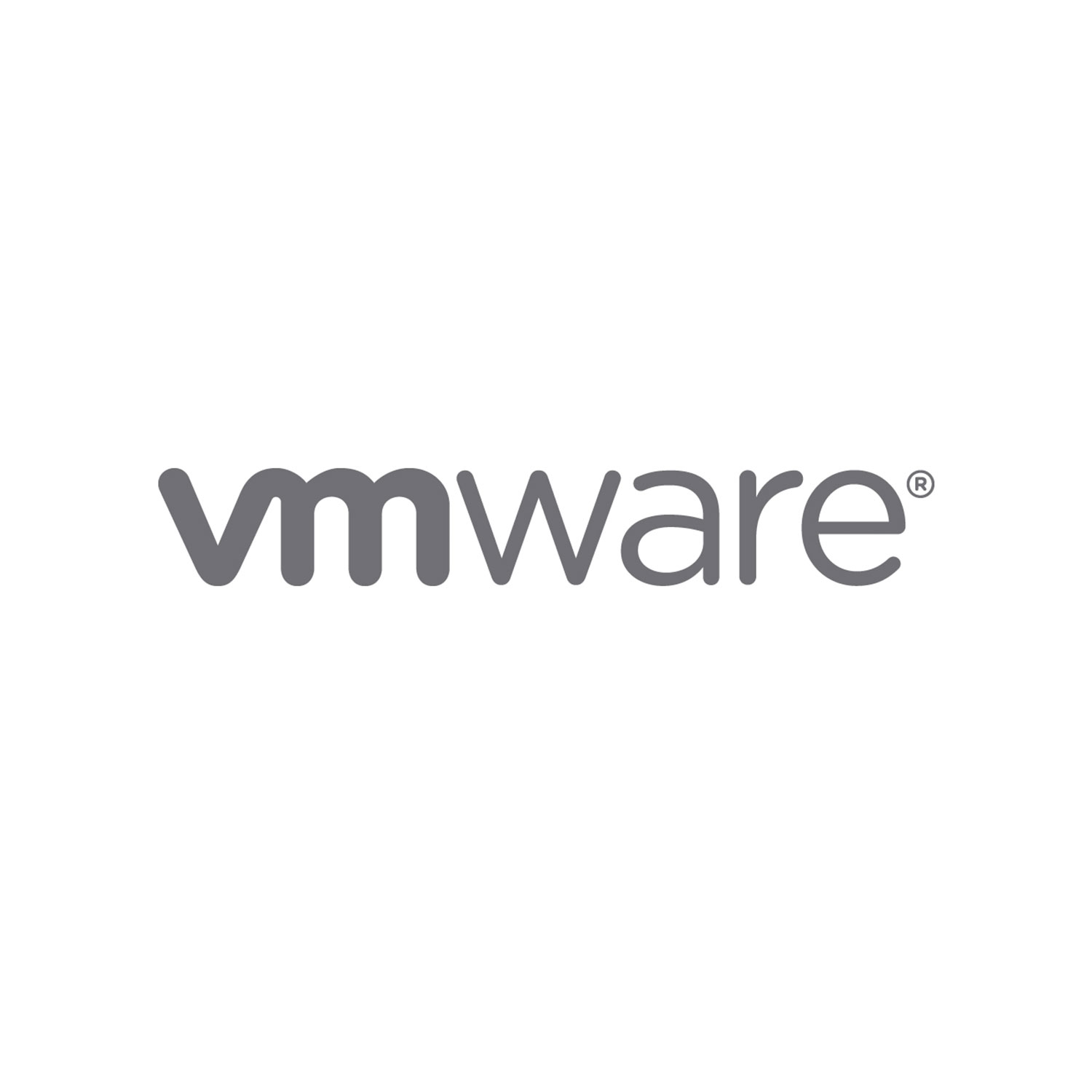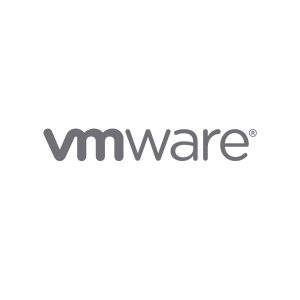Description
About This Course
This course presents a methodology for designing a VMware® View™ solution for the VMware vSphere® infrastructure. The design methodology includes recommendations for the type of information and data that must be gathered and analyzed to make sound design decisions for client systems, desktop options, the vSphere infrastructure, and View components. The VMware recommended best practices are presented during each phase of the design process. You will work with other participants to design a View solution for a real-world project.
Prerequisites
- Completion of VMware View: Install, Configure, Manage or equivalent experience with view
- Completion of VMware vSphere: Install, Configure, Manage or equivalent experience with vSphere
Course Objectives
By the end of the course, you should understand the principle involved in designing a View solution and be able to do the following:
- Identify design goals, requirements, and constraints
- Identify information that is required for design decisions
- Recognize situations that benefit from best-practice recommendations
- Use the recommended design process
- Analyze design choices in the following areas:
- VMware® View Manager™ infrastructure
- View desktop options
- vSphere infrastructure
- Network infrastructure
- Storage options
- Client-access devices
- End-user management
- Construct a comprehensive View solution
Course Outline
Lesson 1: Course Introduction
-
Introductions and course logistics
-
Course objectives
Lesson 2: Design Methodology
-
General design process
-
Elements of a successful View solution
-
A design process for View solutions
Lesson 3: Use-Case Definition
-
Identifying use cases and their characteristics
-
Options for collecting performance data
Lesson 4: Pool and Desktop Design
-
Mapping use cases to View pools
-
Design decisions for pool configurations
-
Configuring and optimizing virtual desktops
Lesson 5: Remote Display Protocols
-
Designing the access infrastructure
-
Comparing PCoIP and Remote Desktop Protocol (RDP) design
-
considerations
-
Determining when to use PCoIP optimization controls
-
Configuring PCoIP tuning parameters for a use case
Lesson 6: View Pod and Block Design
-
Designing the View infrastructure
-
Choosing an authentication solution
-
Designing a load-balancer solution
Lesson 7: VMware Infrastructure Design
-
Mapping View infrastructure requirements to vSphere 5
-
Sizing VMware ESXi™ hosts for CPU and memory
-
Sizing VMware® vCenter Server™ systems
-
Sizing network capacity for PCoIP and RDP
Lesson 8: Storage Design
-
Designing the storage solution
-
Sizing datastores based on capacity and performance metrics
-
Deploying tiered storage for VMware® View Composer™ linked Clones
Lesson 9: End-User Session and Client-Device Design
-
Managing end-user personas and sessions
-
Best practices for using Active Directory in a View environment
-
Designing a View Persona Management solution
-
Selecting client devices
Who Should Attend
-
Consulting professionals
-
Solution architects
-
System architects
-
System administrators
-
IT managers


